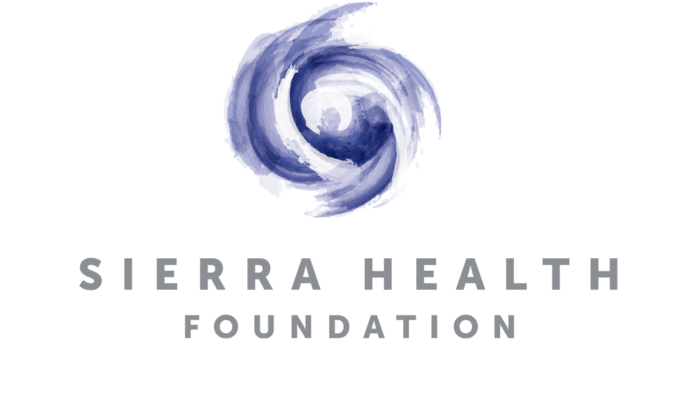Vidya Sethuraman
India Post News Service
With record-breaking rates of drug-related overdose fatalities, including from fentanyl, in California last year, the opioid epidemic ranks among the state’s most vexing issues. On the occasion of its 10th anniversary, The Center highlighted the work of three nonprofit organizations at the EMS Briefing on Jan 18 who are working on innovative ways to prevent and recover from substance abuse and advance health equity across the state throughout Northern California from remote rural areas of Inyo County, to the Central Valley, to Alameda County.
Kaying Hang, President, The Center at Sierra Health Foundation shared the foundation’s efforts to promote healthy lifestyles in California, especially in improving the quality of care, improving treatment methods, and strengthening preventive measures for adolescents and, other multifaceted efforts to combat drug abuse.
According to the U.S. Centers for Disease Control and Prevention (CDC), more than 109,000 California residents will die from drug overdose in 2022. Hang pointed out that the past anti-drug methods had a serious impact on the African-American community. The government has long criminalized drug use and possession, leading to mass incarceration and social stigma that harms low-income and communities of color.
Mari Perez-Ruiz, Executive Director, Central Valley Empowerment Alliance there is a serious drug problem, especially the impact of fentanyl, nicotine and other addictive drugs. Ruiz said the agency’s work covers the Poplar community in Tulare County, which the census says has about 3,200 people, but more than 5,000 people actually live in. He feels Tulare County has no future because the rural community has no investment and infrastructure and has not developed housing in more than 50 years.
In these communities, some teenagers and some parents have access to drug users, some of whom are actually drug dealers. The organization tries to create spaces for teenagers to come together and also communicate with the young people’s parents. At one center, the organization arranges for 65 young people to gather weekly to create safe spaces.
Arlene Brown, CEO, Crossroads Recovery Center and Skoden Native Harm Reduction Services shared her experience in Bishop, Inyo County. She pointed out that local Native Americans have a high death rate from drug addiction. Arlene Brown also criticized the long-standing approach to fighting drugs and its impact on communities.
Braunz E. Courtney, Executive Director, Executive Director of the HIV Education Prevention Project of Alameda County said the many services provided by the program Services include the East Bay MAT Extension Program (EBME) and the Substance Use Navigator Program.
Heppac is committed to providing a comprehensive range of support and interventions, from Syringe Service Programs (SSP) to naloxone distribution, designed to help reduce the risk of substance abuse. Braunz emphasizes that recovery paths should be individualized for each individual, with organizations aiming to meet each person’s unique needs.
Also Read:







